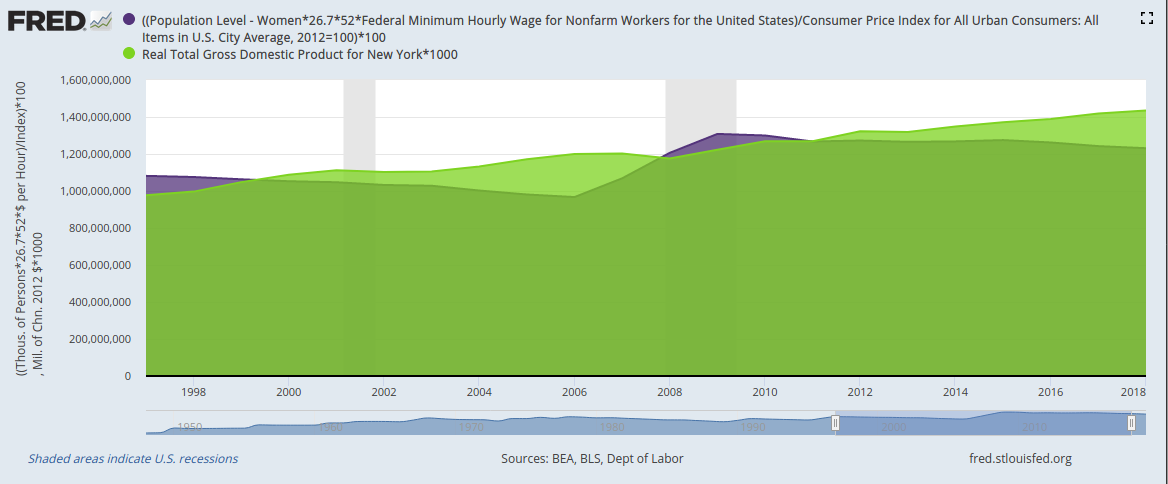The FRED Blog has covered healthcare before. (See the list of related posts below.) In this post, we look at pre-pandemic data on medical services spending in the U.S., specifically by category of illness.
Per the Bureau of Economic Analysis (BEA): “To better measure spending trends and treatment prices, BEA developed a set of supplemental statistics called the Health Care Satellite Account. These statistics give policymakers, researchers and the public another way of understanding the economics of health care. The satellite account measures U.S. health care spending by the diseases being treated (for example, cancer or diabetes) instead of by the types of goods and services purchased (such as doctor’s office visits or drugs).”
These data, available for 2000-2016, allow us to compare per-person expenditures on medical services across different diseases. The FRED graph above shows that expenditures per person on infectious and parasitic diseases (red bars) was, until 2015, smaller than expenditures per person on mental health diseases (green bars). By the way, the values are adjusted for changes in the general cost of living measured through the consumer price index (CPI).
The BEA data also allow us to see how the prices for treating different diseases have changed over time. Those prices are measured through an index number, so we can compare their rates of growth, not their levels in dollars and cents.
The FRED graph above shows that the average cost of medical services related to infectious and parasitic diseases (red line) rose faster than the average cost of all diseases (dashed blue line). The latter includes the cost of medical services related to mental health diseases (green line), which rose more slowly than average.
For a complete list of price indexes for medical services expenditures by disease, go to FRED and click on “Browse data by: Source” underneath the search bar. Scroll down the alphabetical list for “U.S. Bureau of Economic Analysis” and click on the name. Next, click on “Health Care Satellite Account > Health Care Blended Account > Expenditures Price Index, Annual.”
Related posts
How these graphs were created: Follow the instructions above to find the series. To get the bars in the first graph, go to the “Edit Graph panel: From the “Format” tab, select graph type “bar” with no stacking.
Suggested by Diego Mendez-Carbajo.


